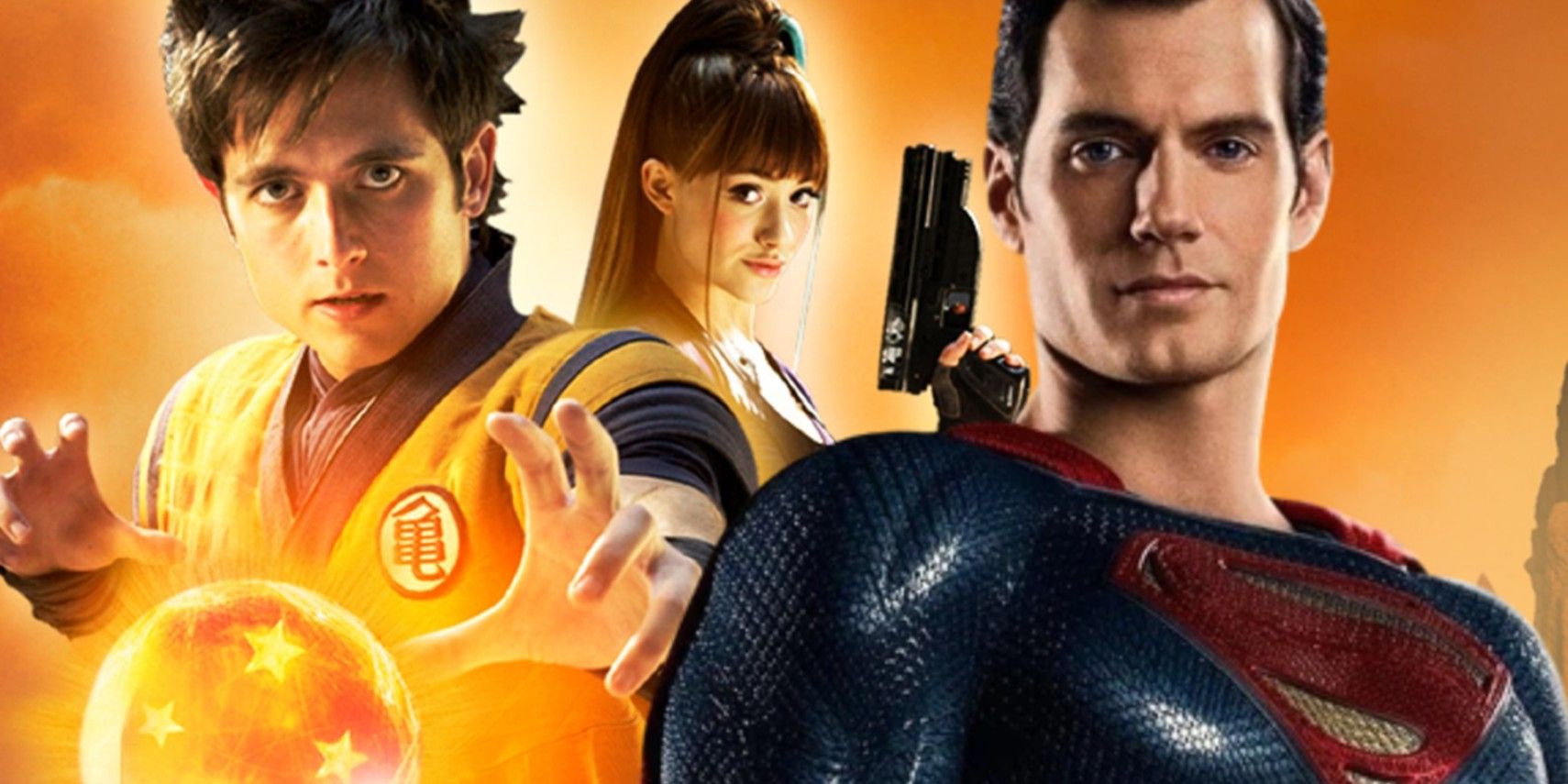
The moviemaking business is all about compromise; at times, filmmakers have to give way to some executive mandates and vice versa. However, there are some instances where the studio's interference devolves from collaborative two-way street to malicious tampering.
Whether it's because the studio executives were chasing trends or actively fueling a grudge against the director, these movies became legendarily terrible. Some hope that these cinematic atrocities will be eventually forgotten, but that doesn't seem to be happening any time soon.
10 Solo: A Star Wars Story's Original Directors Either Left Or Were Fired 4 Months Into Shooting
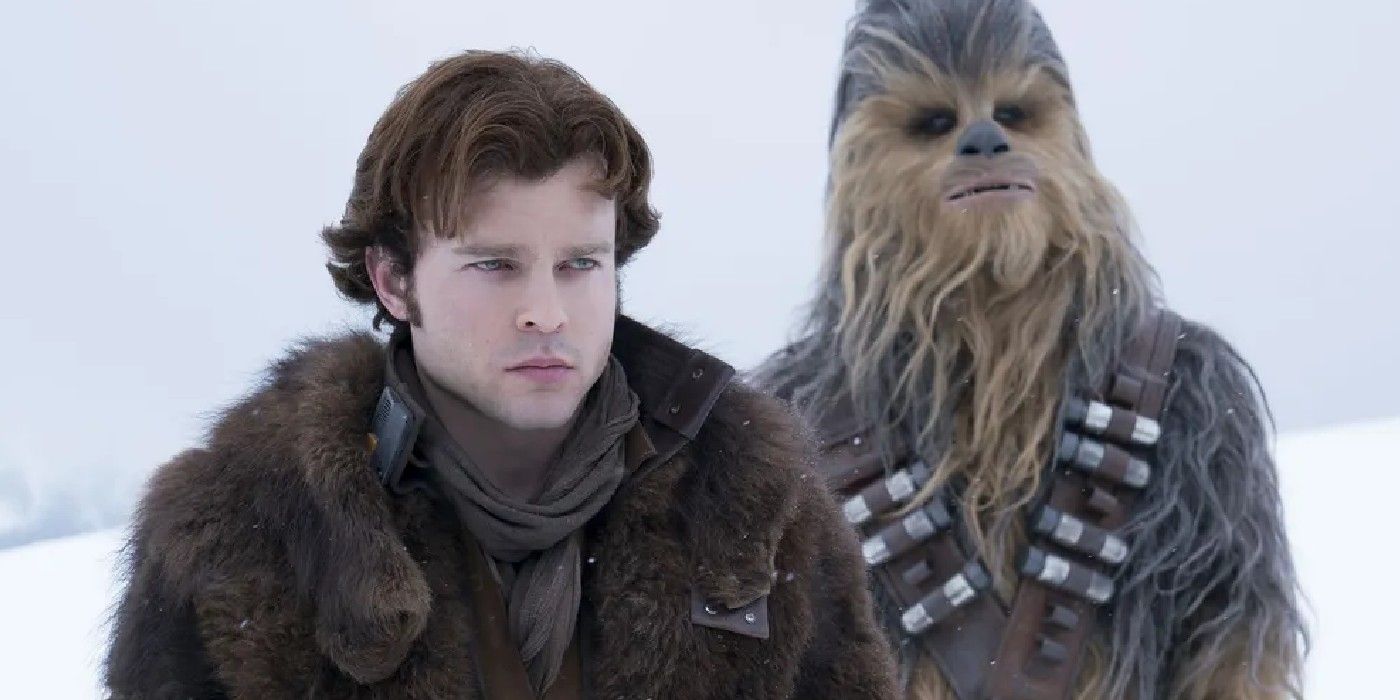
While far from the worst movie of the 2010s, Solo: A Star Wars Story was incredibly bland and generic, which was a disservice to a hero as legendary and iconic as Han Solo. Reportedly, the reason for his origin story's blandness was because Disney and Lucasfilm didn't like the original directors' more interesting but riskier vision.
The Lego Movie's Phil Lord and Christopher Miller saw Solo as an action-comedy and encouraged the cast to improvise, but Disney rejected it. To this day, no one's sure if Lord and Miller were fired or if they walked out. Either way, they were replaced by Ron Howard despite finishing four months' worth of work, and the result was an inoffensive but forgettable time-killer.
9 Alien 3 Angered Everyone Who Worked On It
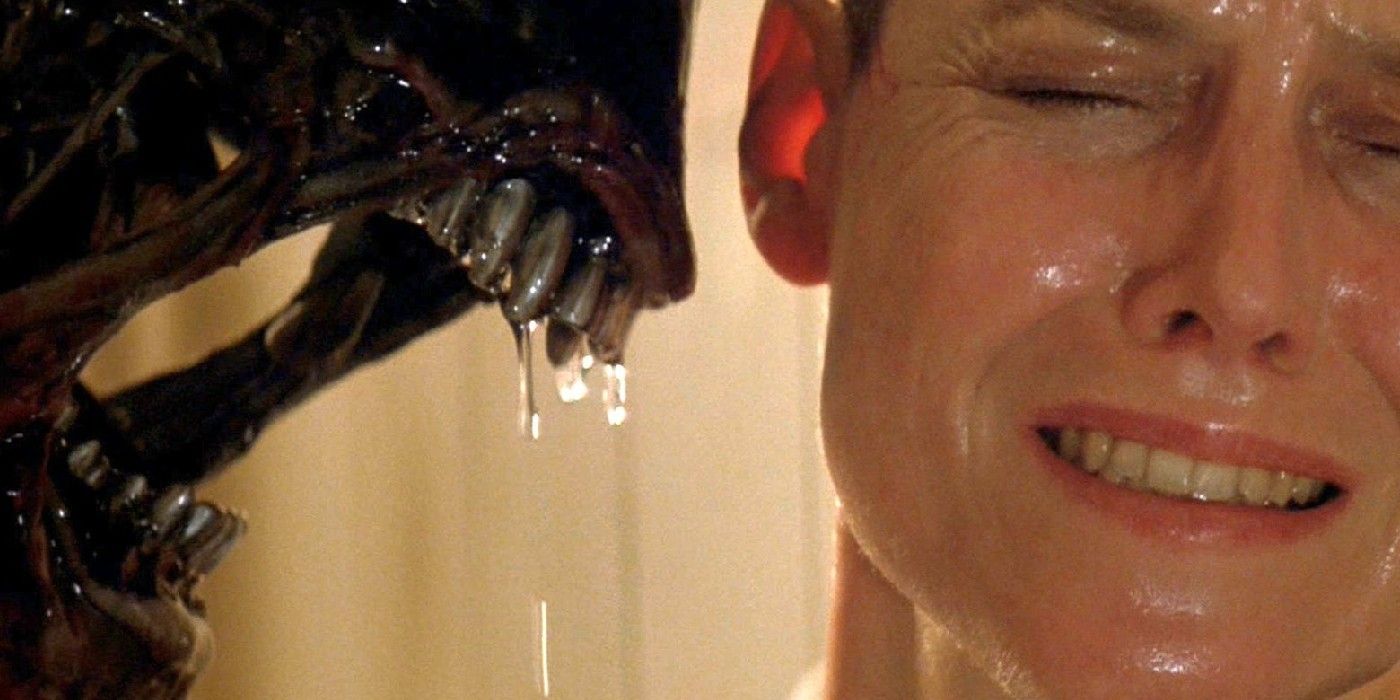
Following the success of Aliens, 20th Century Fox was desperate for a third Ellen Ripley movie. Years of toiling and millions of dollars worth of concepts resulted in Alien 3, a movie so bad that its filmmakers hate it with a passion. The hostile production was recounted in the documentary Wreckage and Rage, which Fox actually tried to ban.
Director David Fincher revealed that Fox relentlessly tried to control him. Instances include: forcing him to reshoot scenes based on deliberately bad test screenings, locking him out of the editing bay, cutting scenes, and more. Alien 3 was redeemed by "The Assembly Cut," which restored almost 40-minutes of footage. Fincher gave it his blessing, but still disowns it.
8 Highlander II: The Quickening Was Finished By An Insurance Company
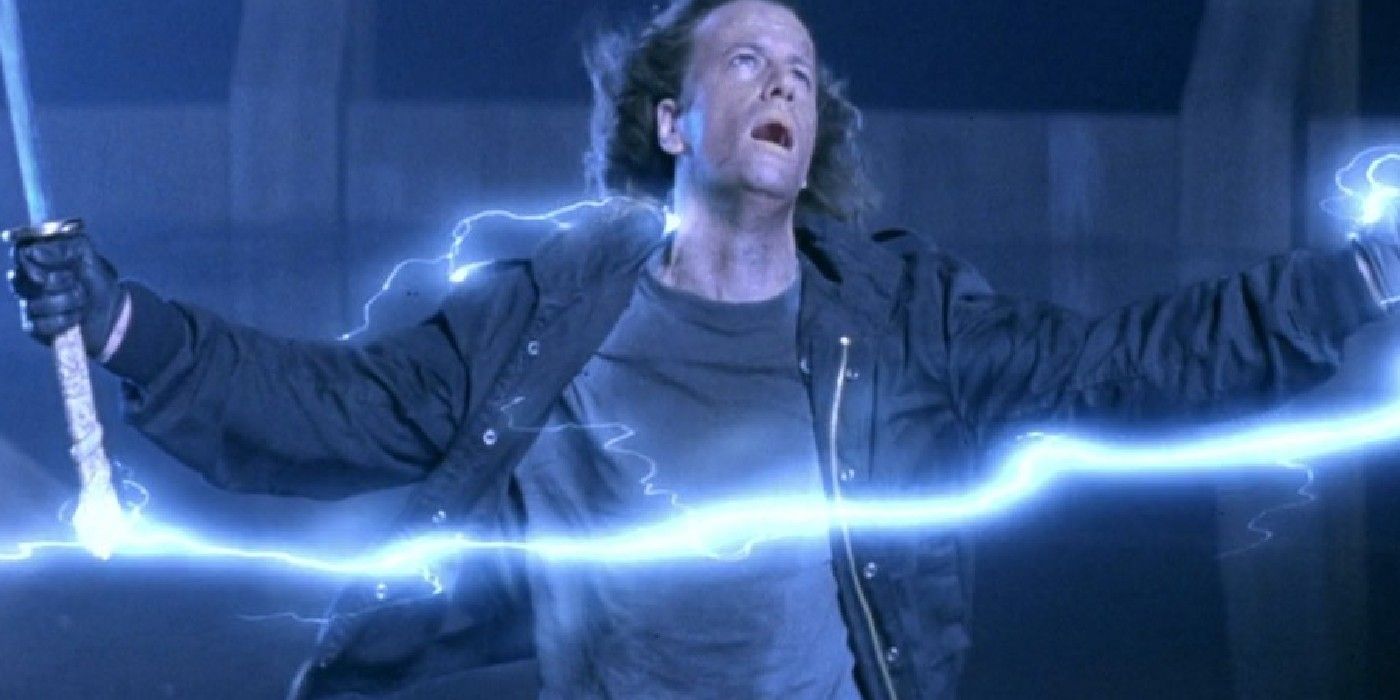
The second Highlander garnered the reputation for being one of the worst bad movies ever made, and it's (weirdly enough) a bond company's fault. The Quickening was shot in Argentina just as its economy was tanking. This led to the movie's investors and insurance firms basically replacing director Russell Mulcahy.
For whatever reason, the new "creative" team cut entire subplots and scenes, and infamously retconned the Immortals into aliens. Years later, Mulcahy salvaged his movie with the infinitely better Highlander II: The Renegade Version. The chaotic production was chronicled in the documentary Highlander II: Seduced By Argentina, found in The Renegade Version's 2-disc sets.
7 Justice League Needed The Snyder Cut To Be Watchable
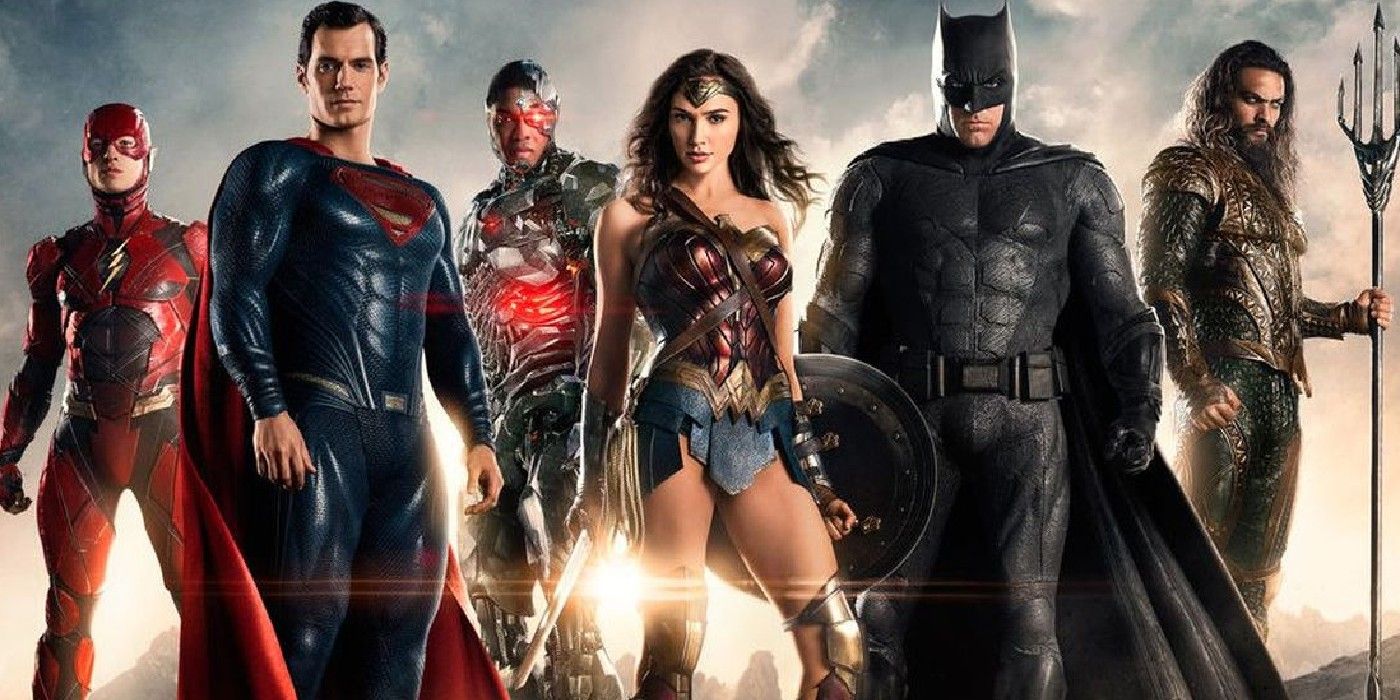
No recent movie shows how intrusive and heavy-handed studio interference can get the way Justice League does. Following the disastrous reception of Batman v Superman: Dawn Of Justice and director Zack Snyder's personal tragedy, DC and Warner Brothers haphazardly replaced him with Joss Whedon and assembled an entirely new movie from his incomplete work.
Whedon's movie may have been more crowd-pleasing, but it was an abridged and tonally jarring mess. Worse, it underperformed financially and doomed the DC Extended Universe's big tentpole plans. Snyder returned to finish his version through the ambitious Snyder Cut, which was better received and unanimously agreed to be superior to the theatrical cut.
6 Blade Runner Went Through Multiple Cuts Before It Became A True Classic
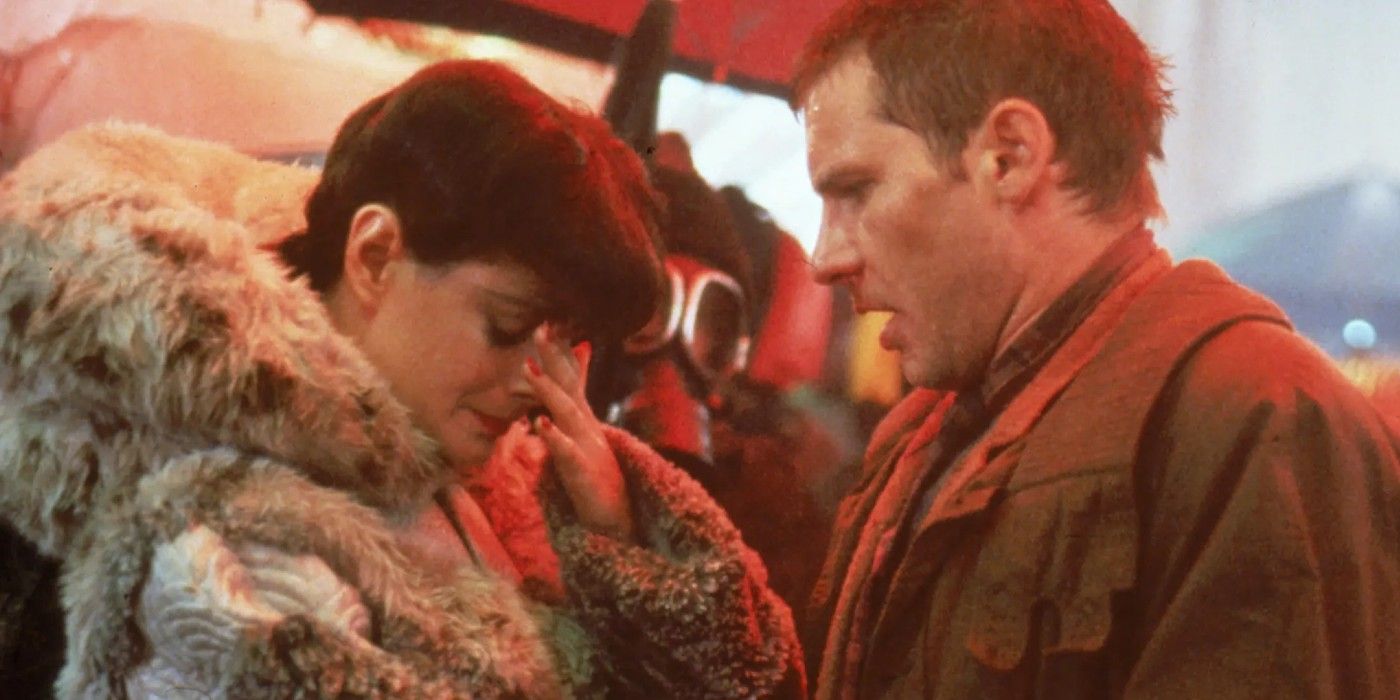
Of the watershed movies that flopped thanks to a terrible studio cut but were later redeemed by a director's cut (Brazil, Once Upon A Time In America, etc.), Blade Runner is undoubtedly the most respected and renowned. Arguably, Ridley Scott's cyberpunk classic popularized and established the need for a director's cut.
When Blade Runner confused and irritated test audiences in 1982, Warner Brothers restructured it. Changes included cut scenes, a happier ending, and a narration that everyone (especially Harrison Ford) hated. It wasn't until 2007 when Scott's full vision was realized in The Final Cut, the seventh iteration of Deckard's job to track down Replicants.
5 John Woo Was Locked Out Of Hard Target & Mission: Impossible II
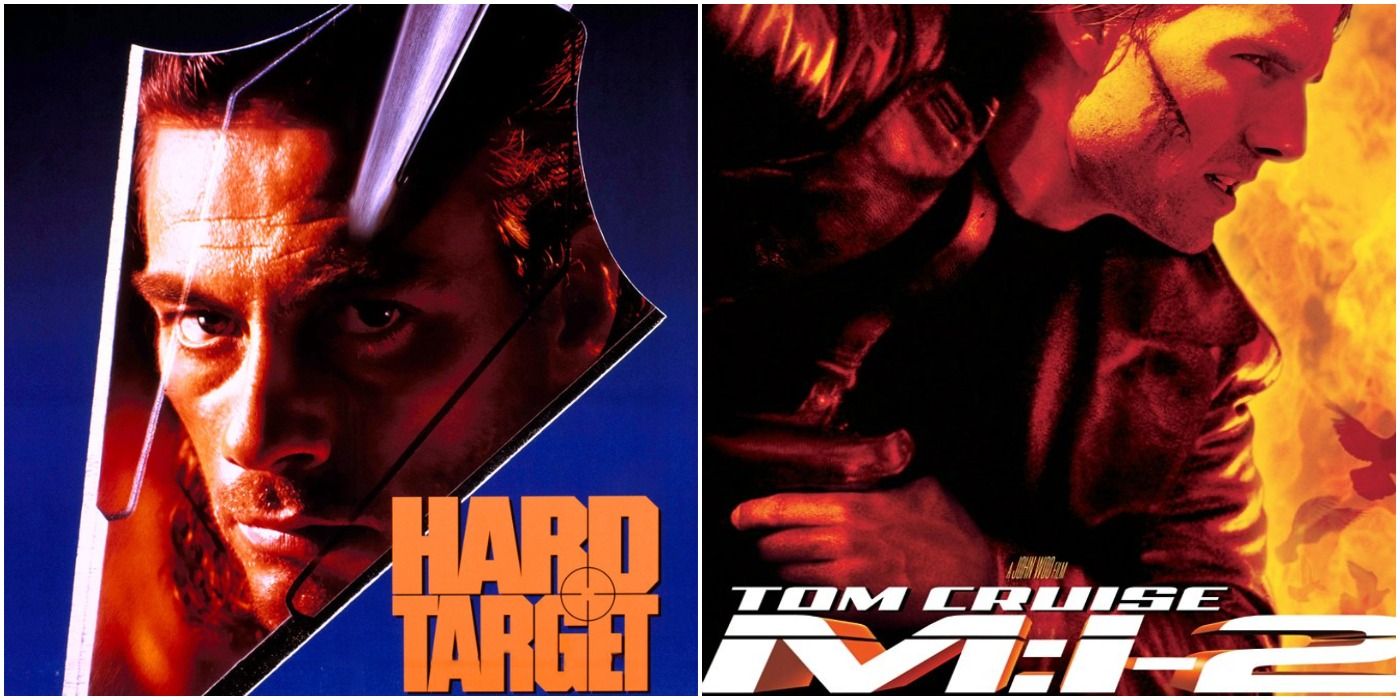
One of the most insulting instances of studio interference happened to John Woo not once, but twice. Despite helming legendary action hits like The Killer and Hard Boiled, Woo was treated offensively by Hollywood. Woo clashed with producers and stars on these two movies so often that he was locked out of studios to prevent further arguments. Additionally, they robbed his control over the final cuts.
The ramifications of this interference was more than just a disposably corny Jean-Claude Van Damme movie and the worst Mission: Impossible entry so far. Woo was so insulted that he swore to never work in Hollywood again, and he's held true to his word since then. Woo continues to make movies, but they're all productions based in China.
4 Tank Girl Was Financed By Executives Who Didn't Understand The Anarchic Comic
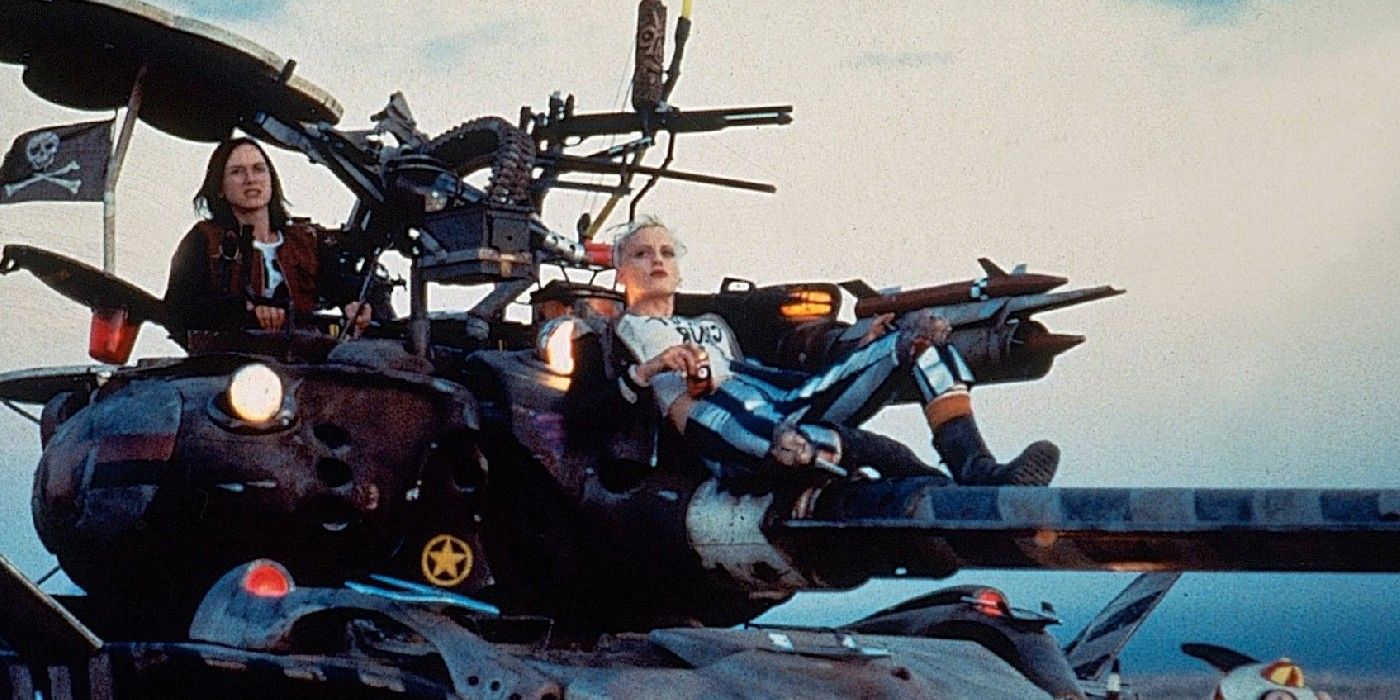
Tank Girl has gained something of a cult fandom in recent years, but this does little to change how horrible it is. The adaptation is as generic and by-the-numbers as a comic movie can get, and director Rachel Talalay later revealed that this was mostly United Artists' fault.
The core problem was that they forced the punk character to be mainstream, thus defeating her entire counterculture existence. This led to Tank Girl's intentionally chaotic and crass style being watered down or excised entirely for mass appeal. Tank Girl was so bad that the comics' creators (Jamie Hewlett and Alan Martin) angrily put their famous creation on hiatus for more than a decade.
3 Nausicaa Of The Valley Of The Wind Was Butchered Into Warriors Of The Wind
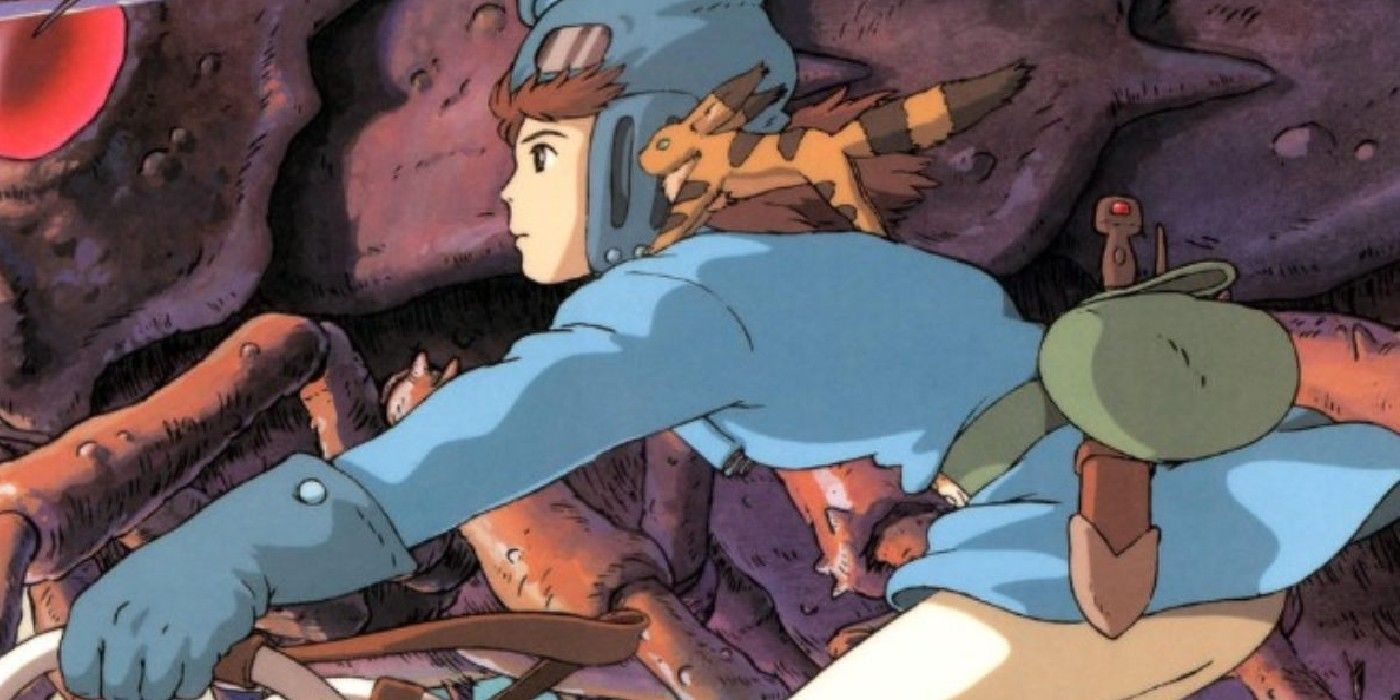
Studio Ghibli's Nausicaa Of The Valley Of The Wind was one of the first anime movies to get a major release in America, and it was a total disaster. Missing the point of the movie and hoping to market it to mainstream audiences, Manson International and Showmen Inc. cut Nausicaa to 95-minutes and replaced the script with a new, pandering one.
The result was Warriors Of The Wind, an insulting attempt to turn Nausicaa's reflective trek into Heavy Metal. Furious, Hayao Miyazaki and Ghibli swore off Hollywood until the 2000's. Studio Ghibli now implements a strict "No Cuts" clause in their contracts, and even threatened Miramax by mailing them a katana after getting word that Princess Mononoke might get edited.
2 Dragonball Evolution Was Rewritten Into A Teen Adventure
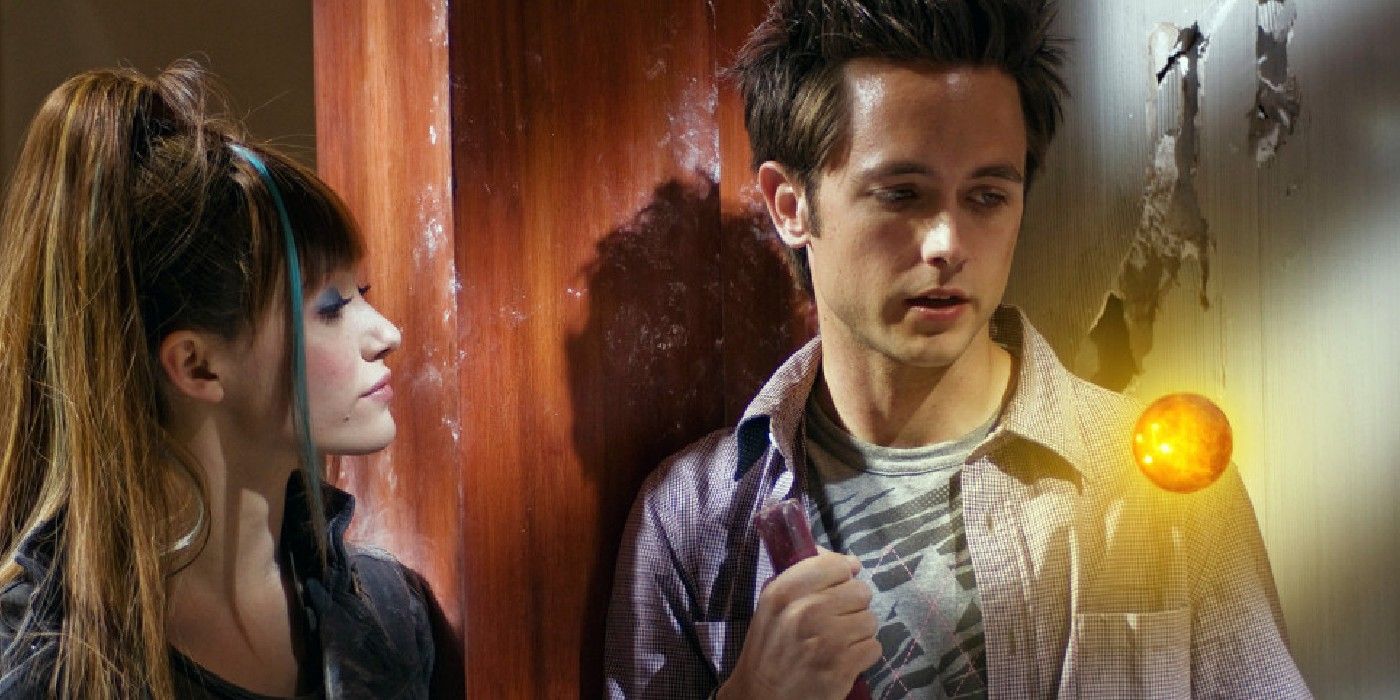
The in-name-only Dragonball Evolution is easily one of the most despised movies ever made, and with good reason. It barely resembles its legendary source material, and it reimagined Son Goku's galactic saga into a teen romance that looked like a Power Rangers episode. Screenwriter Ben Ramsey apologized for the movie, but he's not entirely at fault.
Ramsey's original script surfaced online, and it's more faithful than expected. Originally, it started with Goku as a kid and even had Pilaf, but Fox demanded he be aged up to a high schooler. Other detrimental changes included prioritizing human characters over aliens and changing the setting to a contemporary one to not alienate mainstream audiences.
1 The Last Airbender Wasn't Wholly M. Night Shyamalan's Fault
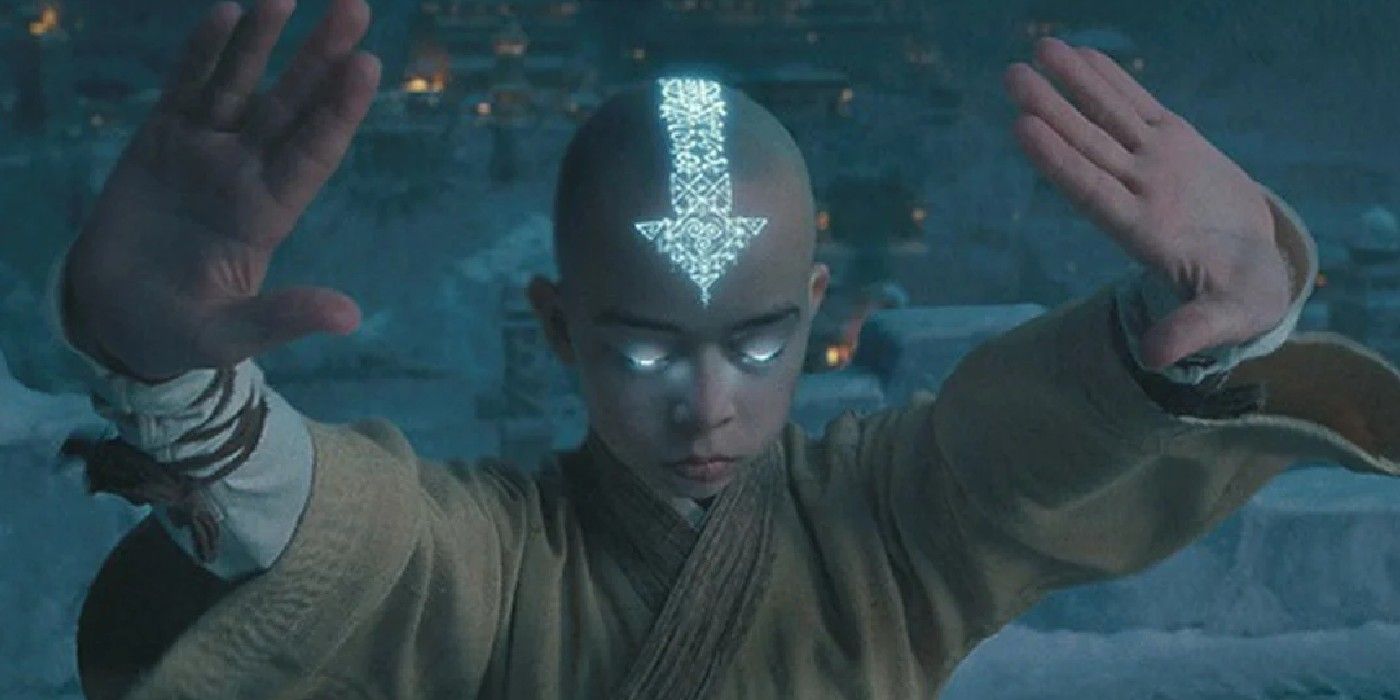
For the longest time, the universally hated The Last Airbender was blamed squarely on director M. Night Shyamalan. But according to a crewmember who took to AvatarSpirit.net, Paramount is guiltiest for the movie's terrible quality. Some of Paramount's demands included: rewrites, cut scenes, a forced 3D conversion, a constricting 100-minute runtime, and casting Nicola Peltz as Katara due to nepotism.
The latter is what actually caused the controversial casting, leading to Katara's family (and the Inuit-inspired Water Tribe, by extension) being predominantly white and fighting a Fire Nation comprised of Persons of Color. The Last Airbender has few redeeming qualities, but it was worsened by those financing it.
0 Comments